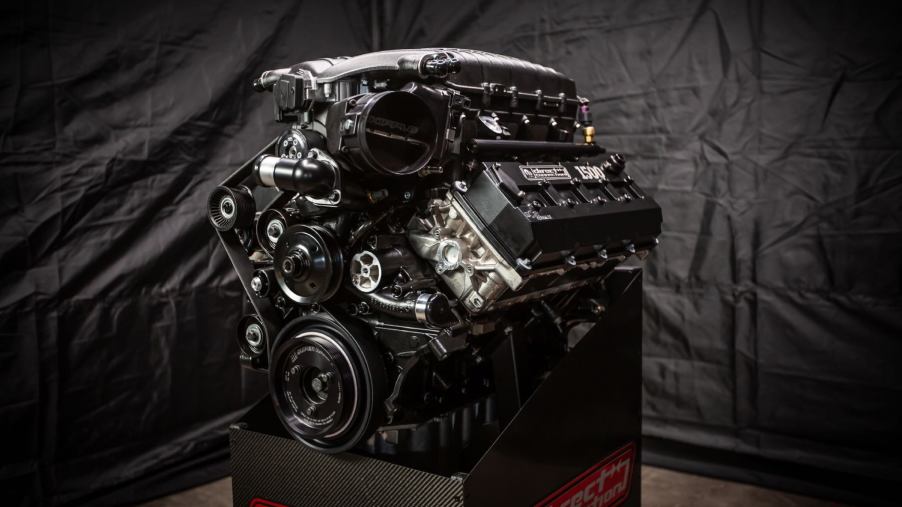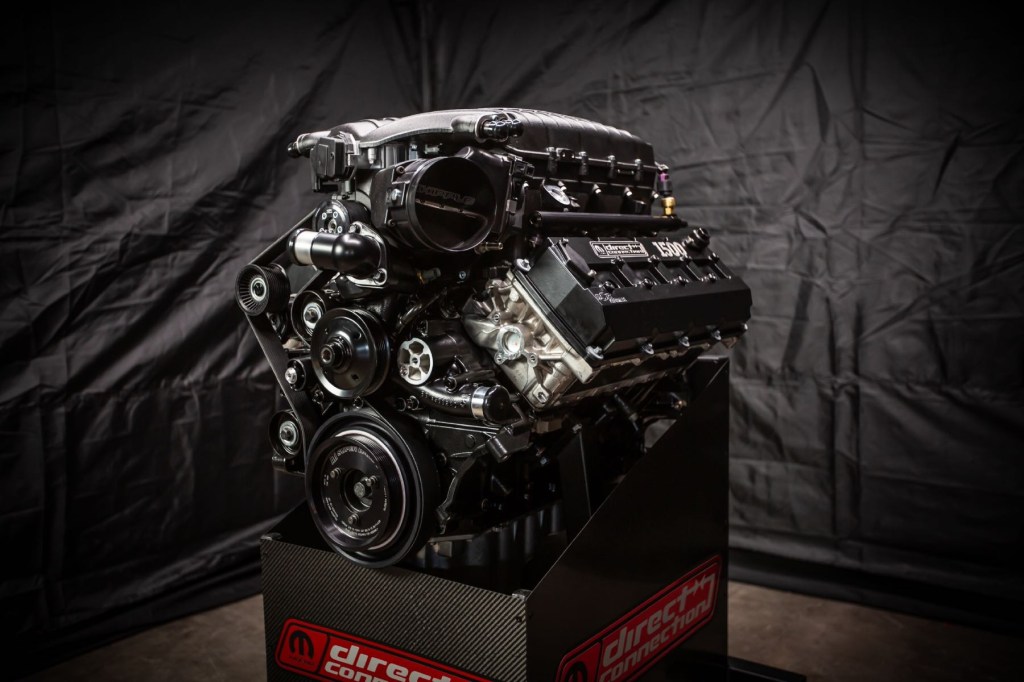
Do You Really Need to “Break In” A New Engine?
A new engine is like a pair of boots – you have to gradually break it in. At least, that’s the conventional wisdom shared by most of the auto industry. But advancements in technology and manufacturing have many wondering whether you still need to gently break in a new engine for the first few hundred miles before revving it out fully. The truth is, it depends.
Why do you need to break in a new engine?
Auto manufacturers have historically recommended breaking in new engines for a few hundred miles with gentler driving to help components get seated and tightened up correctly. The practice has been ubiquitous for decades to help engines last longer and perform better.
Forces like pressure and heat can cause components to slightly alter their shapes and fit with other parts. It can take between 500 and 1,000 miles of driving for engine components to settle into their proper sizes, shapes, and positions. Once this process is complete, the engine is ready to perform at its best.
According to J.D. Power, ignoring the process and driving aggressively out of the gate can sometimes cause minor imperfections. Improperly seated gaskets and seals can lead to oil consumption and other issues.
Not all new cars require an engine break-in period; it’s still a safe idea

As engineering has grown more robust in the automotive sector, some manufacturers have turned heel on breaking in new engines. According to Consumer Reports, Volvo does not recommend a break-in period for its new vehicles. Other OEMs claim that they emulate the engine break-in process at the factory during assembly and testing.
However, driving a new vehicle gently for the first few hundred miles might still be a good idea. Some time spent performing in real-world conditions can help ensure that gaskets, piston rings, and other components are seated correctly. In short, it helps the engine components fit together better for long-term durability and performance. Taking it easy for a couple of weeks before pushing your vehicle’s performance can pay dividends down the road – even if the OEM doesn’t require it.
Some brands still recommend driving gently at first
While some OEMs have veered away from engine break-in protocols, others still recommend taking it easy at first.
Consumer Reports says the Ford Maverick is among the new models requiring a brief engine break-in period. Its owner’s manual encourages owners to avoid aggressive driving, towing, or intense braking for the first 1,000 miles.
Another example is the Hyundai Santa Fe. Consumer Reports’ test model required 600 miles to break in the new engine and 1,200 miles before towing.
What’s the best procedure to break in a new engine?
The best way to break in a new engine depends on the make and model of your vehicle. The best policy is to always check your owner’s manual for specific recommendations from the OEM.
If you’re unsure if your vehicle doesn’t have specific instructions, it’s still a good idea to take it easy at first. J.D. Power says drivers should avoid driving aggressively, take longer road trips, and avoid using cruise control for the first 500-1000 miles of owning a new vehicle. Doing so can help promote longevity and performance.


